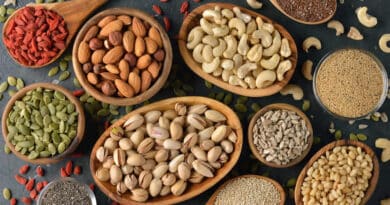Health Hazards of White (Flour, Sugar and Salt)
There is a growing tendency in modern times to make the articles of diet as artificial and pleasing to the eye and tasty to the tongue, without any regard o their ultimate effect on health. This has led to the refining and demineralising of cereals and sugar and addition of salt to various foodstuffs to make them tasty and delicious. Fortunately, there is a realisation now among the enlightened people that the artificial and concentrated dietary, to a large extent, is responsible for the vast array of present day diseases.
Food such as bread, cereals and sugar are very acid-forming, if eaten in the refined state as white bread, white sugar and polished rice. But these foods are far less acid-forming in character if eaten in the natural state as natural brown sugar, whole meal bread and natural brown rice. Similarly, the excessive use of salt also leads to the formation of acids in the body.

Of the various artificial foodstuffs being used today for their delicious taste, white flour, sugar and salt, known as three Ws (White Products) have been found especially harmful. They constitute serious health hazards and their excessive consumption can lead to several degenerative diseases. Their harmful effects are discussed in this article.
White Flour
Wheat is the most common cereal used throughout the world for making bread. It is a good source of energy. With its essential coating of bran, vitamins and minerals, it is an excellent health-building food.
The wheat grain is a seed which consists of three main parts, namely, the various outer coverings, endosperm and the germ or embryo. The outer coverings contain much indigestible fibre. Beneath them is the aluerone layer which is rich in protein. Inside is the endosperm which consists of an inner and outer portion. The germ or embryo which consists of the shoot and root. It is attached to the grain by a special structure, the scutellum.
The germ of the wheat is relatively rich in protein, fat and several of the B vitamins. So is the scutellum which contains 50 times more thiamine than the whole grain. The outer layers of the endosperm and the aleurone layer contain a higher concentration of protein, vitamins and phytic acid than the inner endosperm. The inner endospern contains most of the starch and protein in the grain.
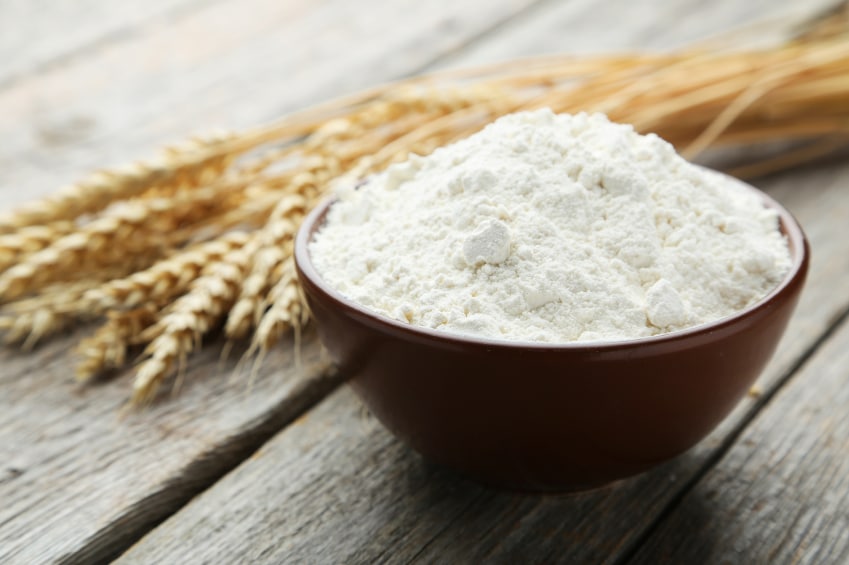
Wheat is usually ground into flour before use as food. In ancient times, wheat grains were crushed between two large stones. This method preserved all parts of the kernel and the product was called “whole wheat”. If it is finely ground, it becomes whole wheat flour. The value of stone grinding is that the grain is ground slowly and it remains unheated, and a whole food. In modern times, steel roller mills have superseded stone grinding. These mills ground wheat hundred times faster, but they impoverish the flour by removing the precious wheat germ resulting in colossal loss in vitamins and minerals in the refining process.
In the refining process of whole wheat, the precious wheat germ is destroyed. By doing so we remove the very life of the grain of wheat, because locked in the wheat germ is an oil which is man’s greatest food. The wheat germ also contains all-important Vitamin E, known as the anti-sterility factor of sex vitamin. The lack of this vitamin can also lead to heart diseases. The colossal loss of vitamins and minerals in the refined wheat flour has led to widespread prevalence of constipation and other digestive disturbances and nutritional disorders.
White Sugar
Sugar is the most common sweet carbohydrate used all over the world. There are many varieties of sugar, but only a few are included, to a considerable extent, in our diet. These are sucrose or cane sugar, dextrose or grape sugar, levulose or fruit sugar and lactose or milk sugar. Natural sugar contained in fruits is called fructose.
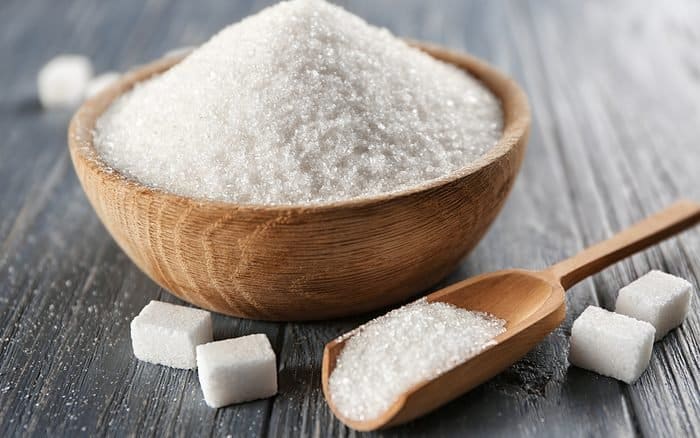
Cane Sugar, also called the white sugar, is produced in enormous quantities. It is derived commercially from the sugar cane and beet root. When it is eaten, it is slowly converted into levulose and dextrose, for it cannot be utilised by the body in its native form. It must first undergo a digestive process as does starch. But, unlike starch, the digestion of cane sugar does not begin in the mouth, but it is delayed until the sugar reaches the intestine.
There has been enormous increase in the consumption of sugar all over the world. Commensurate with the sharp rise of sugar consumption, there has been an alarming increase in the incidence of several diseases. There is mounting evidence from many medical sources that white sugar is extremely injurious to health. The heat and chemical process employed in the sugar refinery kills the vitamins and separates the mineral elements, protein and other substances from the sap, leaving nothing but pure sugar crystals, robbed of mineral elements and the life-sustaining vitamins.
White sugar has many great disadvantages. It is irritating and it is difficult to digest. It is called the vitamin-thief. Its high intake can rob the body of its vitamins made available to it by consumption of other foods. Excessive use of white sugar leads to gastric catarrh and hyperacidity. It is also associated with obesity, dental caries, diabetes and coronary heart diseases.
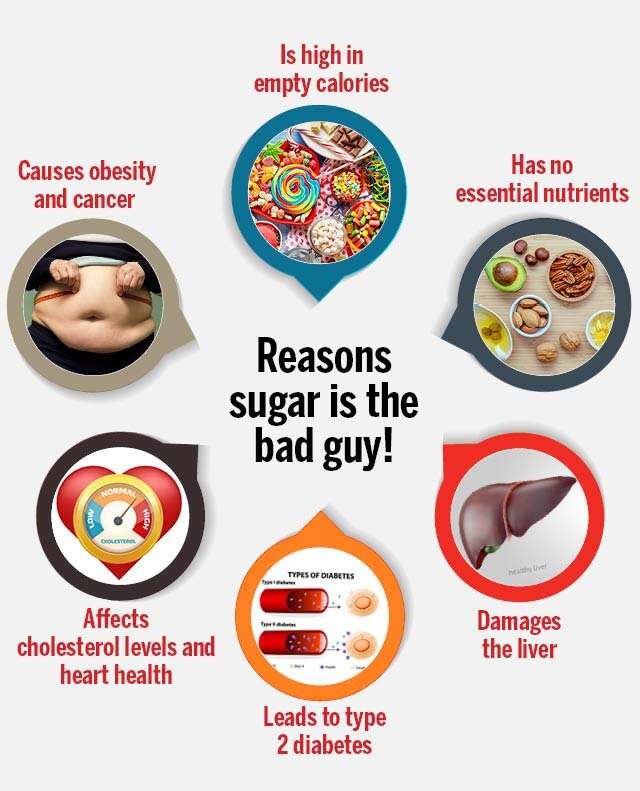
The white sugar supplies only calories without any nutritive value. It contains as many as 300 calories per 100 grams. It has been estimated that 90 percent of overweight persons consume much more sugar than required. Eating sugar adds to calories. These are stored in the form of fat.
Another problem with sweet foods is that they can easily be overeaten because of their delicious taste. Cakes, pasteries, biscuits and chocolates are some of the items that have a high sugar content and therefore have many calories. For instance, half a small bar of chocolate provides same amount of calories as five apples, but it does not contain the nutrients and fibre that the fruit provides. Thus, if two apple are eaten, it gives a sense of satisfaction due to its fibre content and less calories are ingested. On the other hand, while eating chocolates or sweets, more and more can be eaten without a sense of fullness and therefore more calories are ingested, leading to obesity.
The most harmful effects of sugar is on the teeth. It dissolves quickly in saliva and finds its way into the bacterial layer on the teeth, known as plaque. It feeds on sugar and converts it to acid. This acid eats away the enamel and causes cavities. This acid is produced within seconds of sugar entering the mouth and attacks the tooth enamel as long as the sugar remains in contact with the teeth. For this reason, both the amount of sugar eaten and its frequency during the day, are important. Sugary foods like biscuits, cakes, fruits and drinks, taken often between the meals, therefore, play an important part in development of tooth decay. Sticky foods such as toffee, dry fruits that cling to the teeth are particularly harmful.
Natural sugars such as brown sugar, jaggery, unsulphured dark molasses and honey are preferable to refined white sugar because they possess some vitamins and minerals. Raw honey also contains enzymes.
White Salt
Man’s need for Sodium Chloride, the chemical name for the common salt, has been a subject of dispute since the beginning of medical practice. The first known salt mines have been found in the Austrian Tyrol and date from the late Bronze age, about 1,000 B.C.It is not known accurately when man first began to use salt. However, salt was available in the early civilisations and Homer called it ‘divine’.
Sodium Chloride is a chemical compound found in the sea, soil and it also occurs naturally in food. It is made up of two chemicals, namely, sodium, an element which never occurs in free form in nature, 40 per cent and chloride 60 per cent.
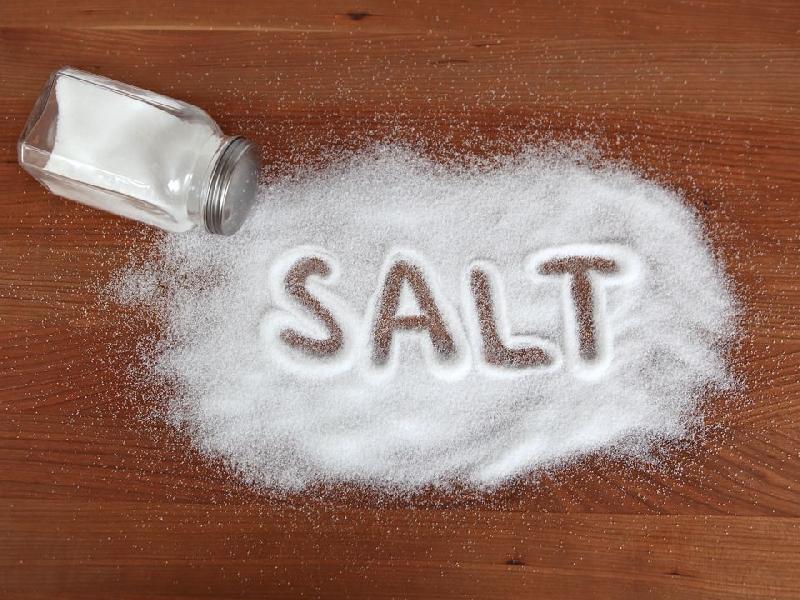
Sodium Chloride is a major factor in maintaining acid-base equilibrium of the body. It is also needed for the working of various nerve impulses. It can help prevent catarrh. It promotes a clear brain, resulting in a better disposition and less mental fag. Because of its influence on calcium, sodium can also help dissolve any stones forming within the body – in the kidneys, urinary bladder and gall bladder. It is also essential for the production of hydrochloric acid in the stomach.
Thus, a certain amount of salt in the system is essential for life, but it is required in very small amounts, ranging from 10 to 15 grams daily, depending on the climate and occupation of the person. Many people, however, use too much salt. This puts an extra burden on the kidneys and may cause high blood pressure.
Too much salt in the body can result in oedema or swelling of legs and ankles. This is due to incomplete elimination of salt through the kidneys. The blood pressure may rise and may not go down again until the excess sodium has been removed from the body.

Intake of too much salt can attract water, creating an artificial thirst. So a person drinks enormous quantities of water and this leads to obesity in due course. Excessive intake of salt can also lead to stomach ulcer, stomach cancer, hardening of arteries and heart diseases.
The adverse effects of excessive use of Sodium Chloride can be rectified by avoiding the use of common salt. Even foods rich in salt such as salted nuts, biscuits, meat, fish, chicken, egg, cheese, dried fruits, spinach, carrot and radish should be avoided. However, low sodium foods like cereals, sugar, honey, fresh fruits, brinjals, cabbage, cauliflower, tomatoes, potatoes, onions, peas and pumpkin can be used.
It will also be advisable to omit salt altogether in case of all chronic diseases like high blood pressure, arthritis and allergies. In case total avoidance is not possible, it may be added in a very small quantity after cooking. This will prevent it from getting into every particle of the food, which will happen if salt is added before cooking. Salt added after cooking will be just superficial and for only to satisfy the taste.




